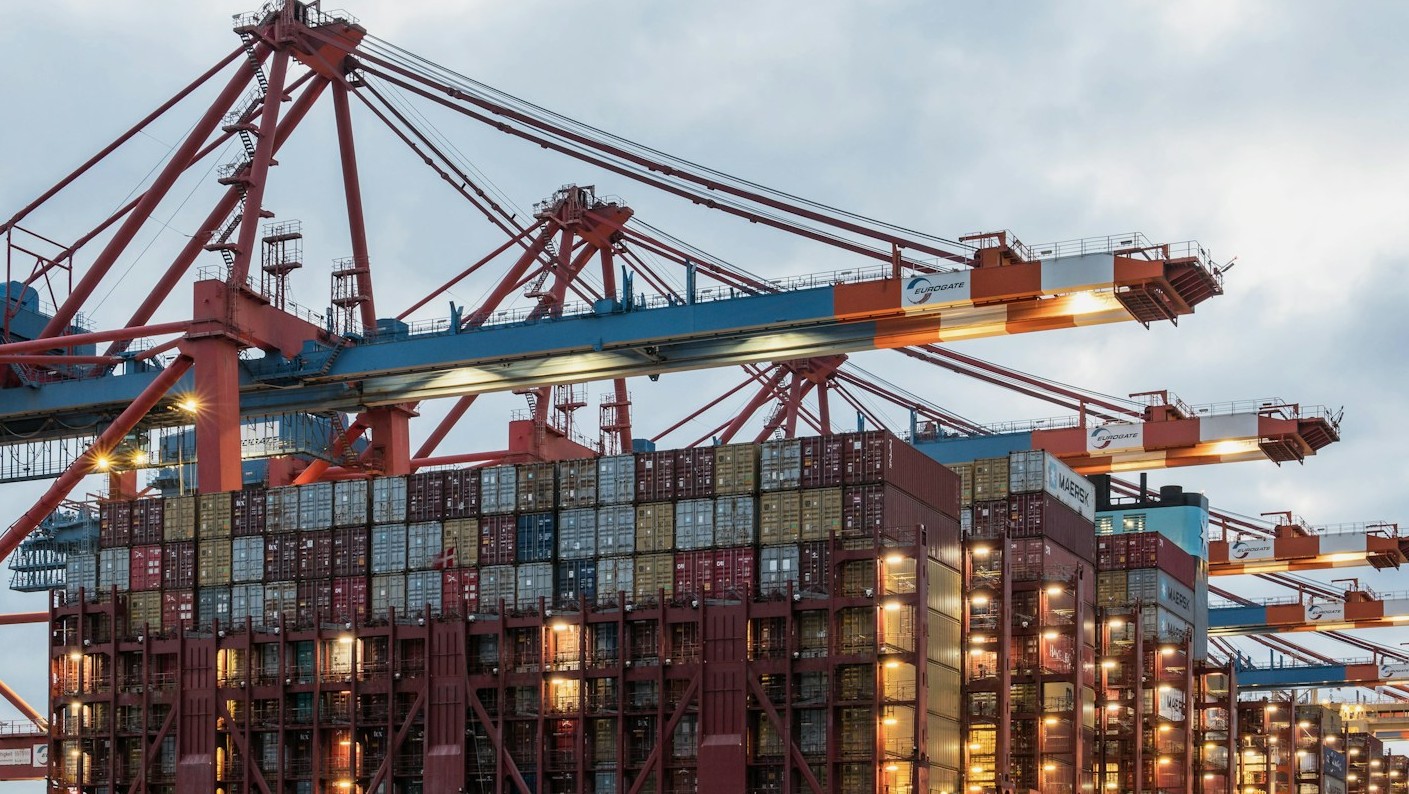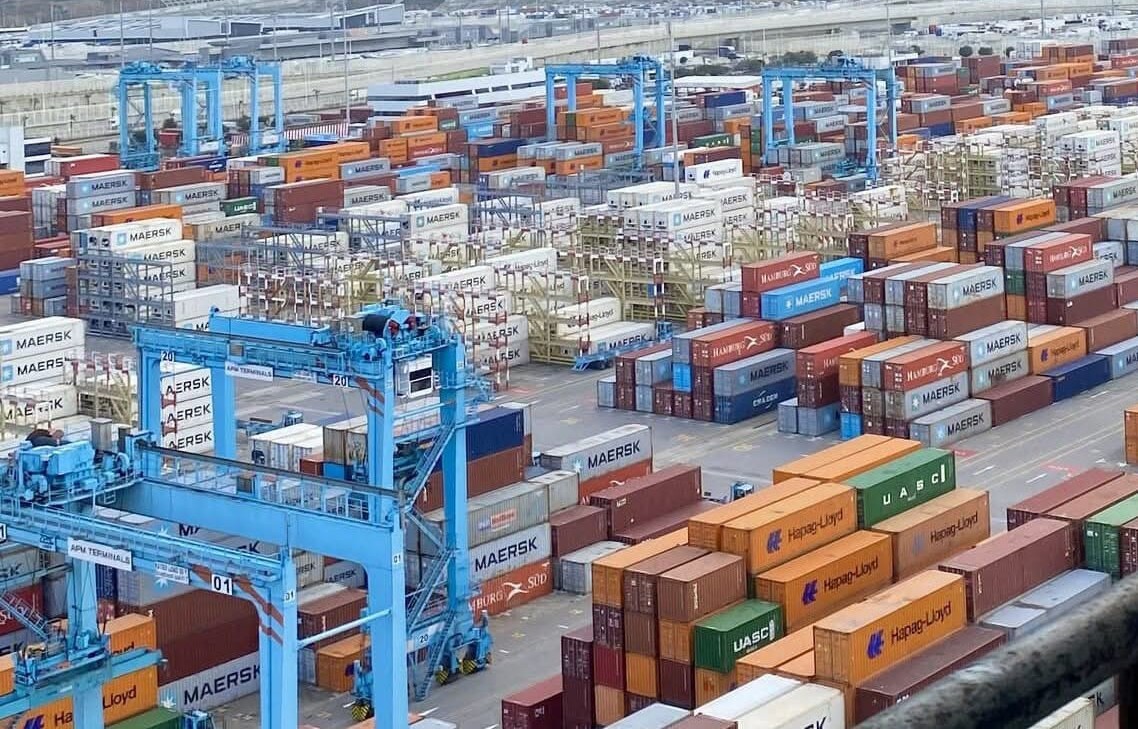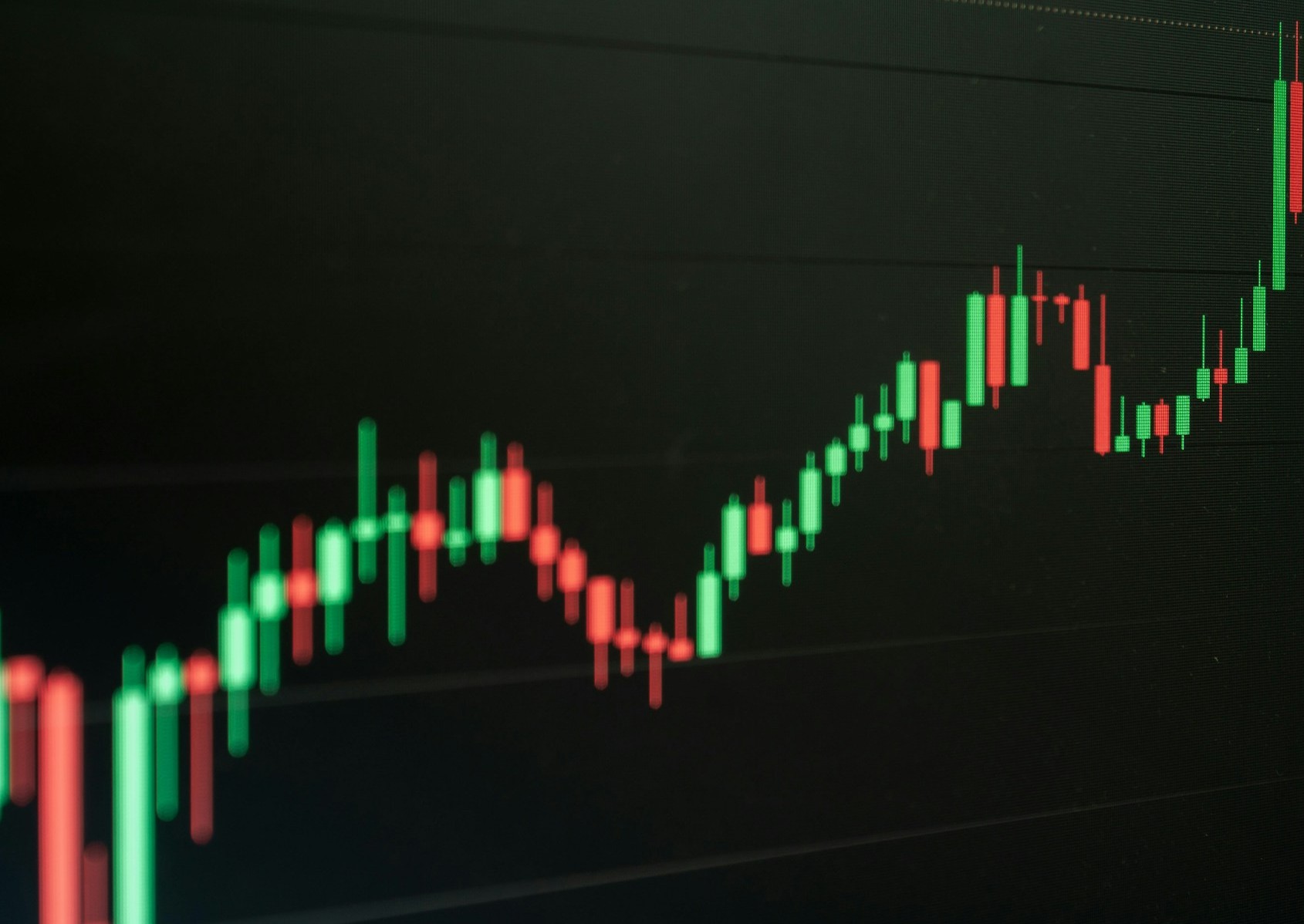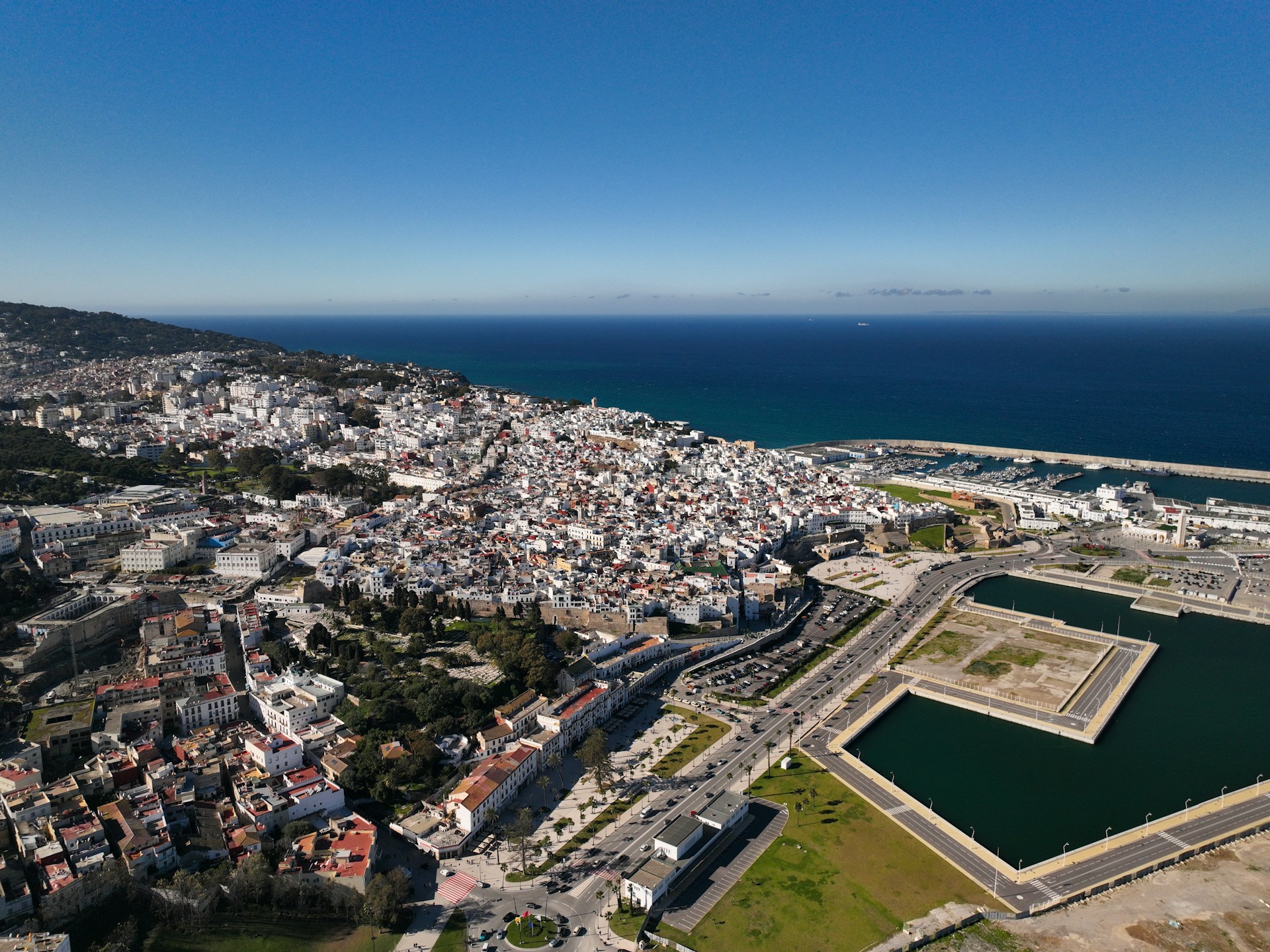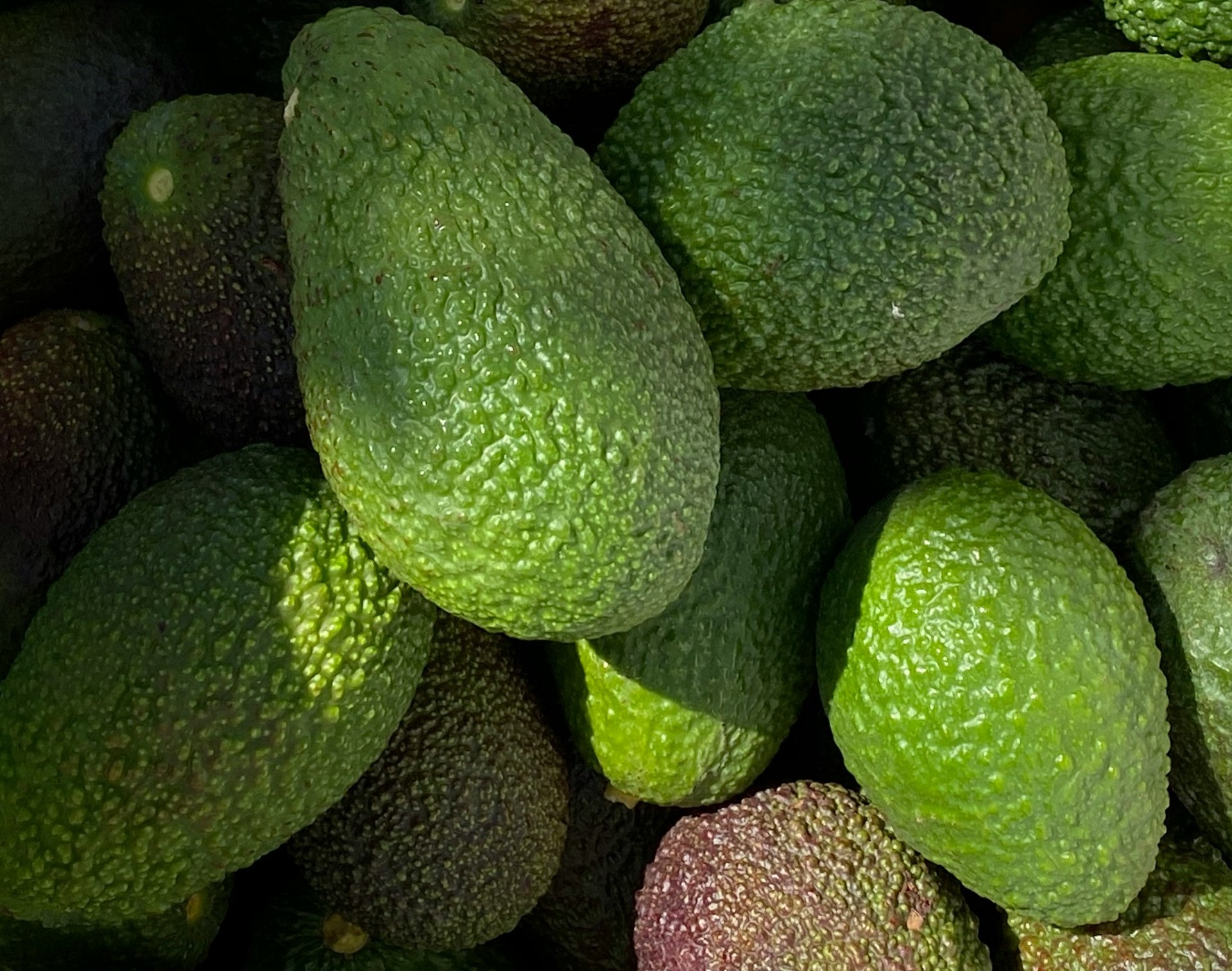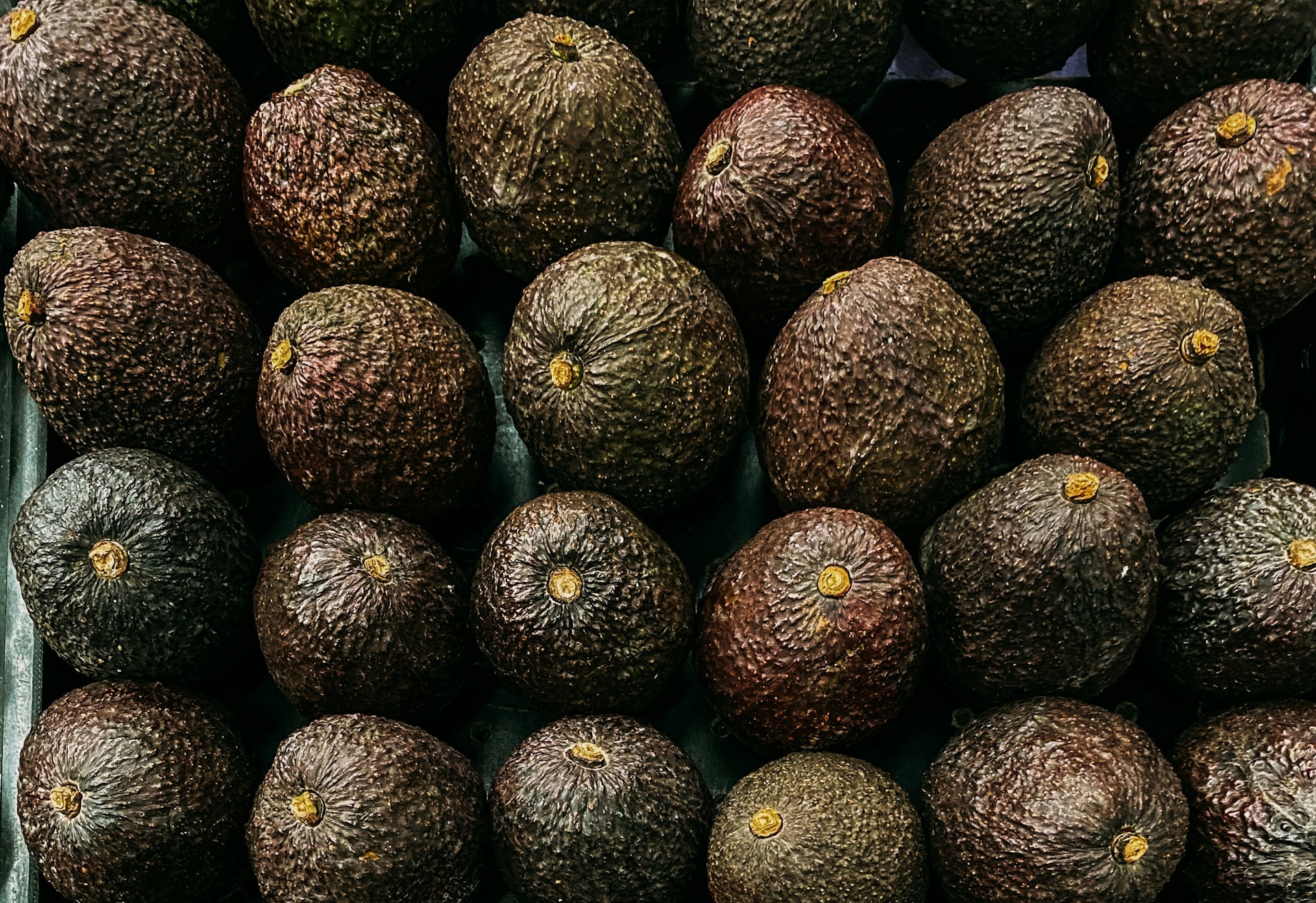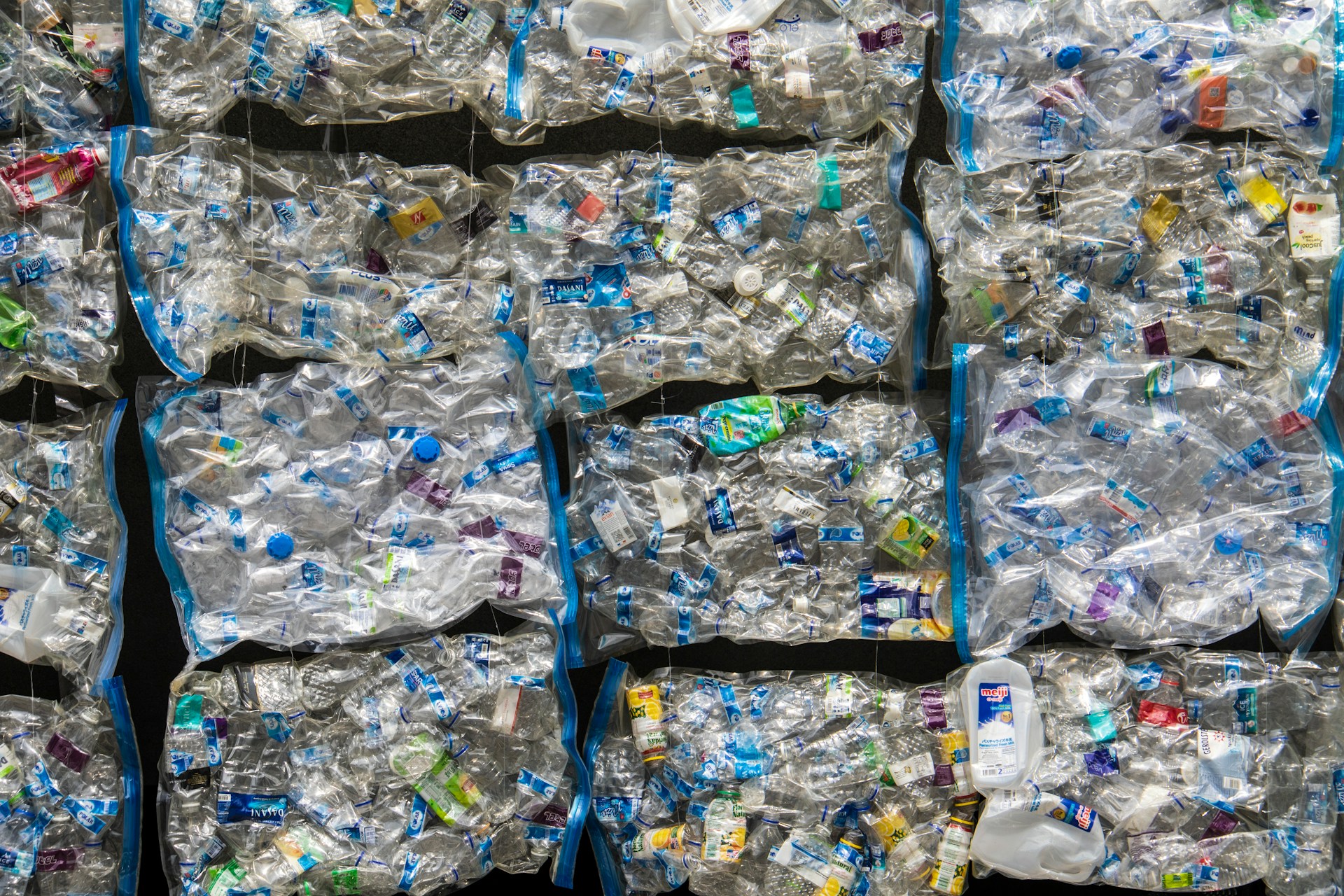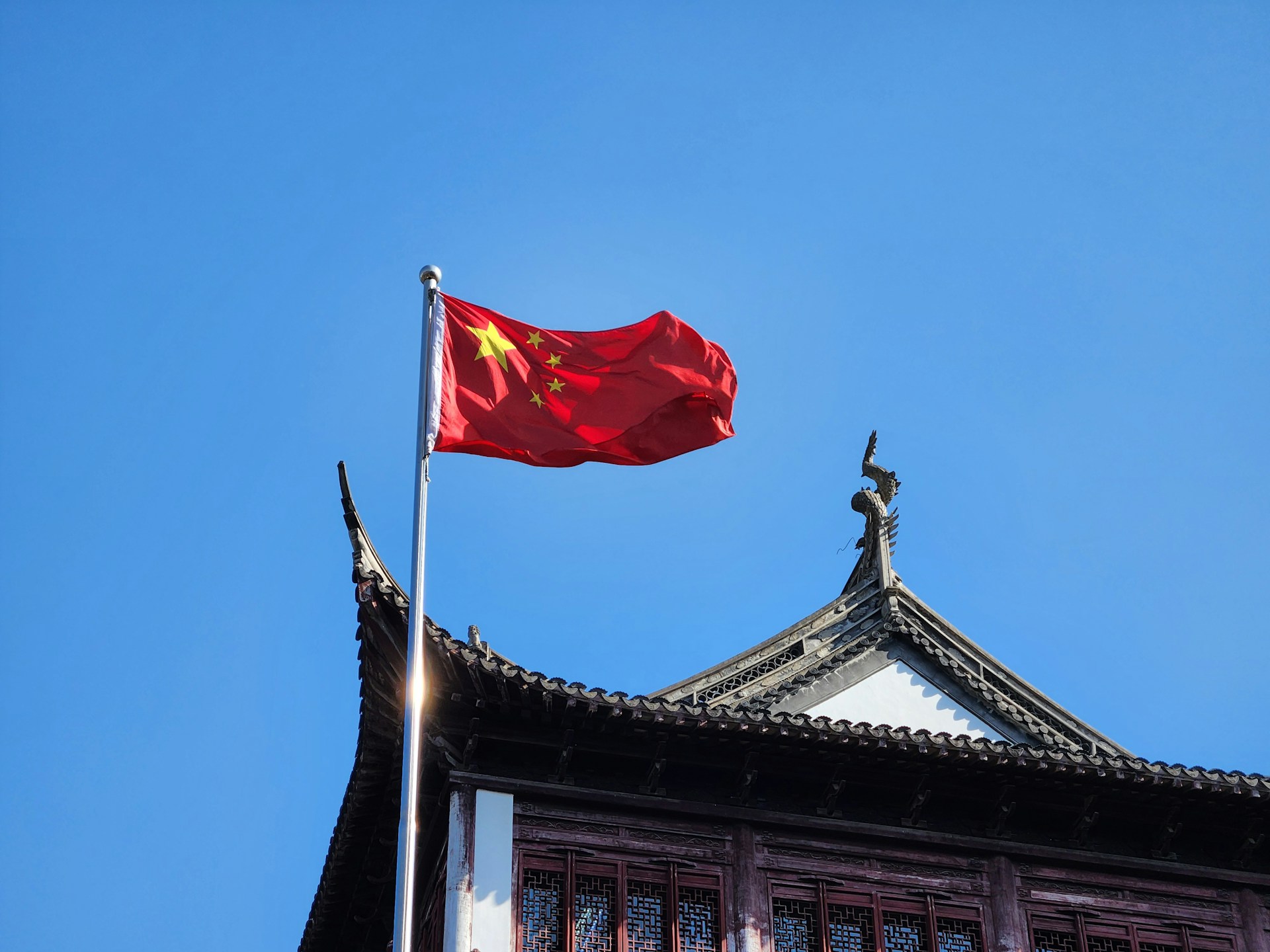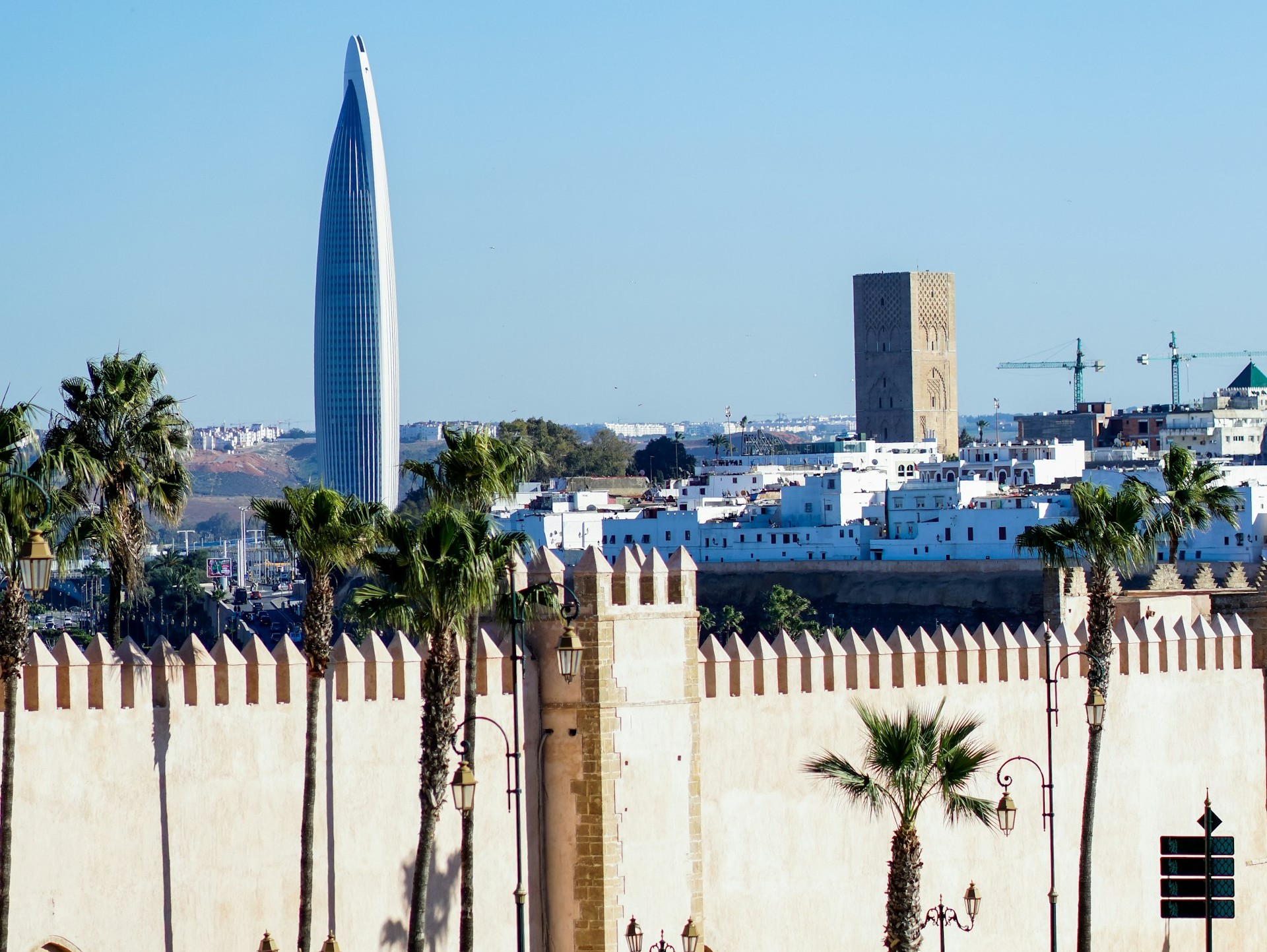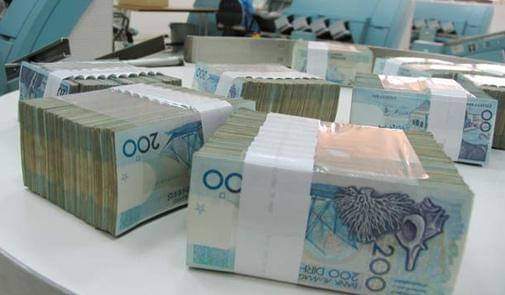Casablanca – Morocco’s avocado sector, one of the fastest-growing in Africa, is entering the 2025/2026 season under pressure. After a historic year in which the country surpassed 100,000 tons of avocado exports for the first time, growers and exporters are now facing the reality of climate shocks that could cut production significantly. At the same time, new orchards reaching maturity are expected to cushion part of the blow, keeping supply on international markets relatively stable.
Weather extremes disrupt orchards
The difficulties stem largely from an exceptional heatwave that swept across Morocco at the end of June. Lasting three days, the extreme weather pushed temperatures to 40°C in Kenitra and nearly 49°C in Moulay Bousselham, two key growing areas in the Gharb region. The heat came on top of heavy rains and unusually cold spells earlier in the spring, creating a chain of disruptions to the flowering and fruiting cycles.
Producers estimate that up to 80,000 tons of avocados were lost as a result, with many fruits dropping prematurely from trees. For a field that had initially projected a harvest of 140,000 to 160,000 tons this season, the revised forecast of around 80,000 tons represents a sharp downgrade. Compared with last year’s record crop of 115,000 tons, the reduction translates into a decline of nearly 30%.
A divided outlook
Voices within the trade are not entirely aligned on the outlook. Some growers warn that the losses are severe enough to put Morocco’s second-place position in Africa’s export rankings at risk, particularly against South Africa, which has been steadily increasing shipments.
Other sector representatives remain cautiously optimistic, noting that while the heatwaves have been damaging, the expansion of planted areas in recent years will help maintain supply. Large new orchards entering full production could offset part of the losses, keeping overall volumes closer to last season’s levels.
This divergence highlights the structural transformation underway. Unlike a decade ago, Morocco’s avocado trade is no longer concentrated in a small number of plantations. Instead, it now features a mix of smallholder farmers and large export-oriented farms, spread across diverse regions. This variety reduces the risk of total collapse in any one season.
Export markets in focus
The stakes are high because nearly 90% of Morocco’s avocado harvest is exported. Europe remains the main destination, but Moroccan exporters have also been making inroads into Africa and the Middle East, where consumption of the fruit is rising quickly.
Last season, Morocco became the continent’s second-largest exporter, shipping over 100,000 tons abroad and overtaking South Africa, which exported about 82,784 tons in 2024 according to Trademap data. Only Kenya, with its vast production capacity, ranked higher.
This year, however, exporters are preparing for tighter volumes. Some larger farms are expected to delay their harvests deliberately in order to take advantage of high prices in November, when Moroccan avocados first reach European shelves. Smaller farmers, who need quicker cash flow, are likely to sell earlier, ensuring that supply continues throughout the season.
Prices and competition
Price dynamics will be another crucial factor. Typically, Moroccan avocados fetch their highest values at the beginning of the export season in November, before easing as competitors such as Peru, Spain, and Mexico enter the market in December.
A smaller Moroccan crop could push prices up in the early months, but exporters believe the increases will remain moderate. “Prices will rise, but not excessively. They will still follow the basic balance of supply and demand,” noted sector officials. This suggests that while European buyers may pay more for Moroccan fruit at the start of the campaign, the market is unlikely to see a disruptive spike.
Domestic market pressures
The bigger concern may lie at home. A deliberate strategy by exporters to hold back fruit for better prices abroad could reduce availability in Morocco’s domestic market, driving up local prices. With consumer demand for avocados rising steadily within Morocco, any significant shortage could weigh on households already sensitive to food inflation. Balancing the needs of international trade with domestic supply will therefore be one of the main challenges this season.
Resilience through expansion
Despite the climate setbacks, the broader trajectory of Morocco’s avocado supply chain remains one of growth. New plantations across the country, many established over the past decade, are now maturing. This structural expansion is expected to continue driving volumes upward in the medium term, reinforcing Morocco’s reputation as a reliable global supplier.
For the 2025/2026 season, the outlook is less about shortage and more about adjustment. Climate volatility has underlined the vulnerability of production, but it has also revealed the growers’ increasing resilience. While overall volumes may dip, the diversity of producers, combined with strategic export planning, should ensure that Morocco keeps its foothold in world markets.
Morocco’s avocado field faces one of its toughest seasons in recent years, squeezed between the impact of heatwaves and the pressure of global demand. Estimates vary between a sharp 30% contraction and a more moderate decline cushioned by new orchards. Either way, supply will not collapse, and exports are expected to remain significant.
The challenge will be to balance higher international prices with domestic needs, while maintaining Morocco’s competitiveness against rivals in Africa and beyond. If growers succeed, they will further cement Morocco’s place as one of the key players in the global avocado trade—despite the heat.
